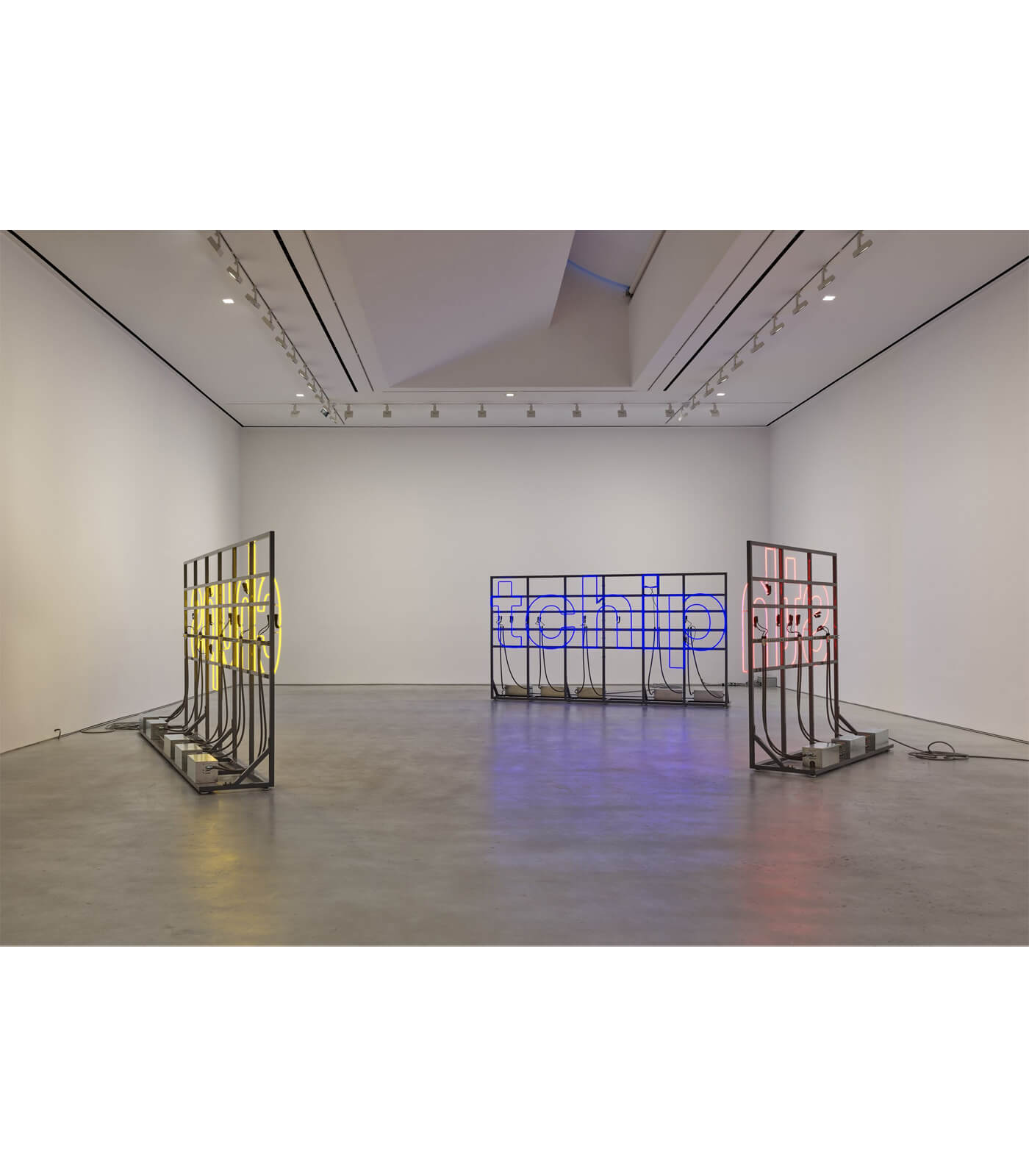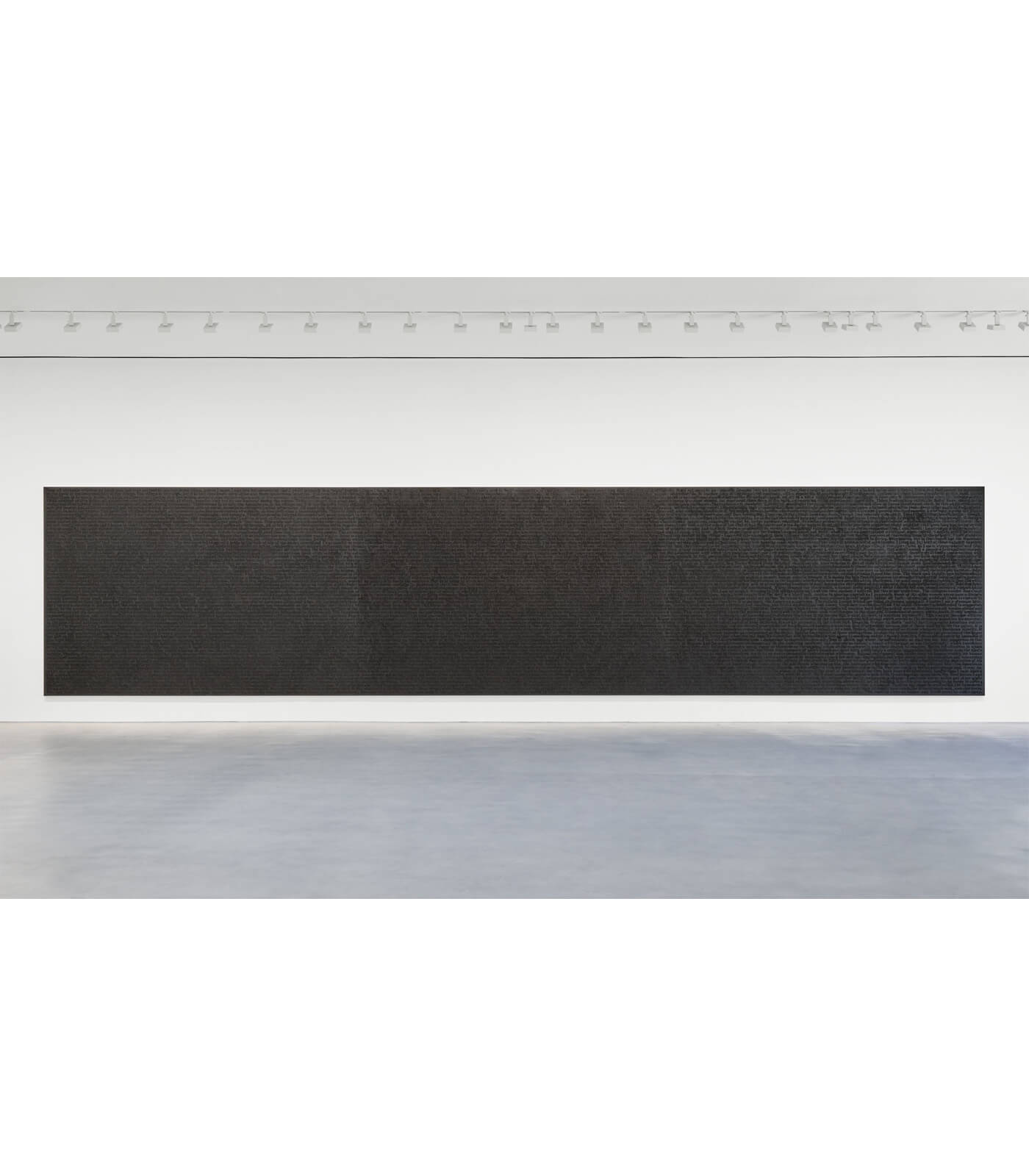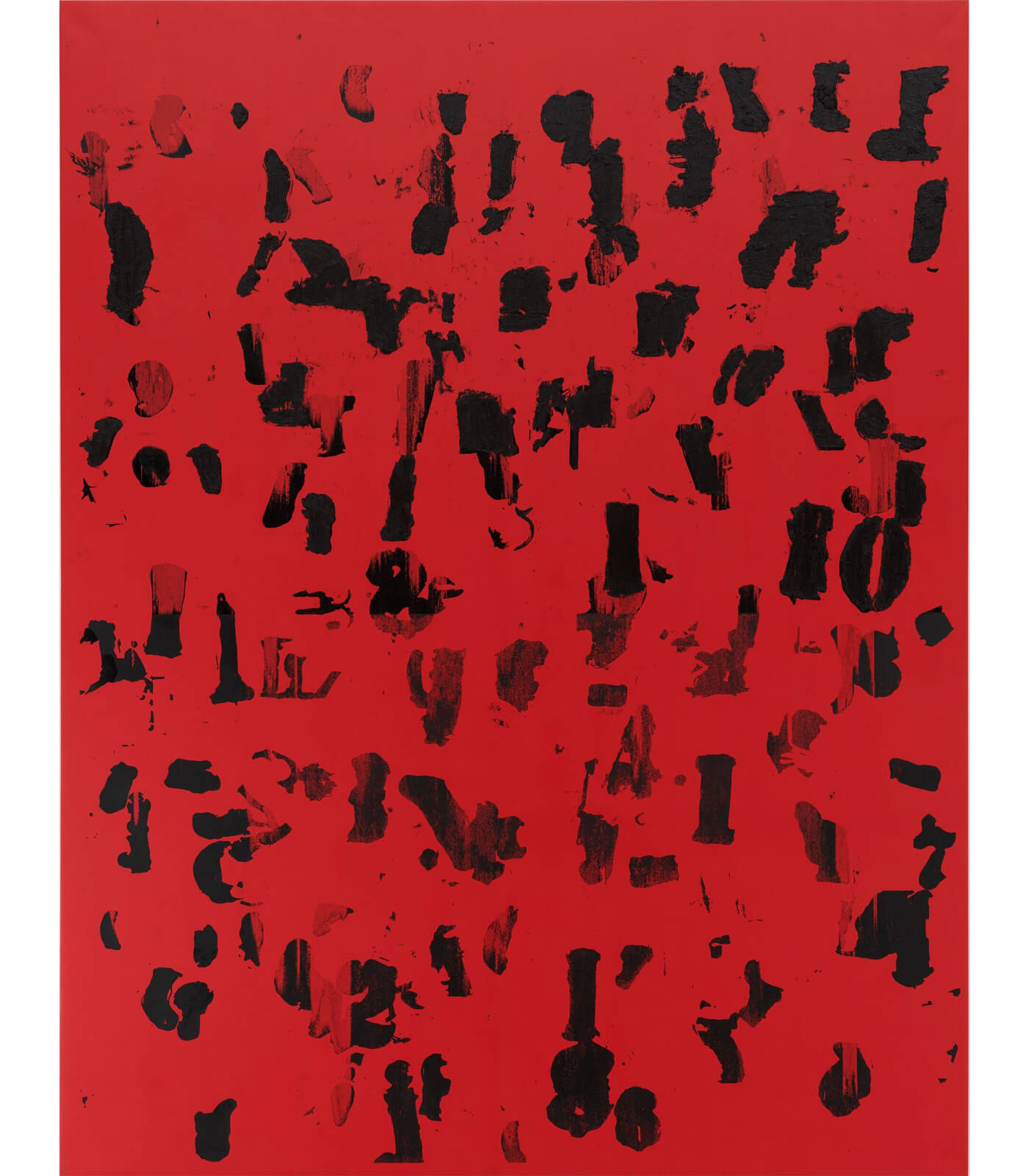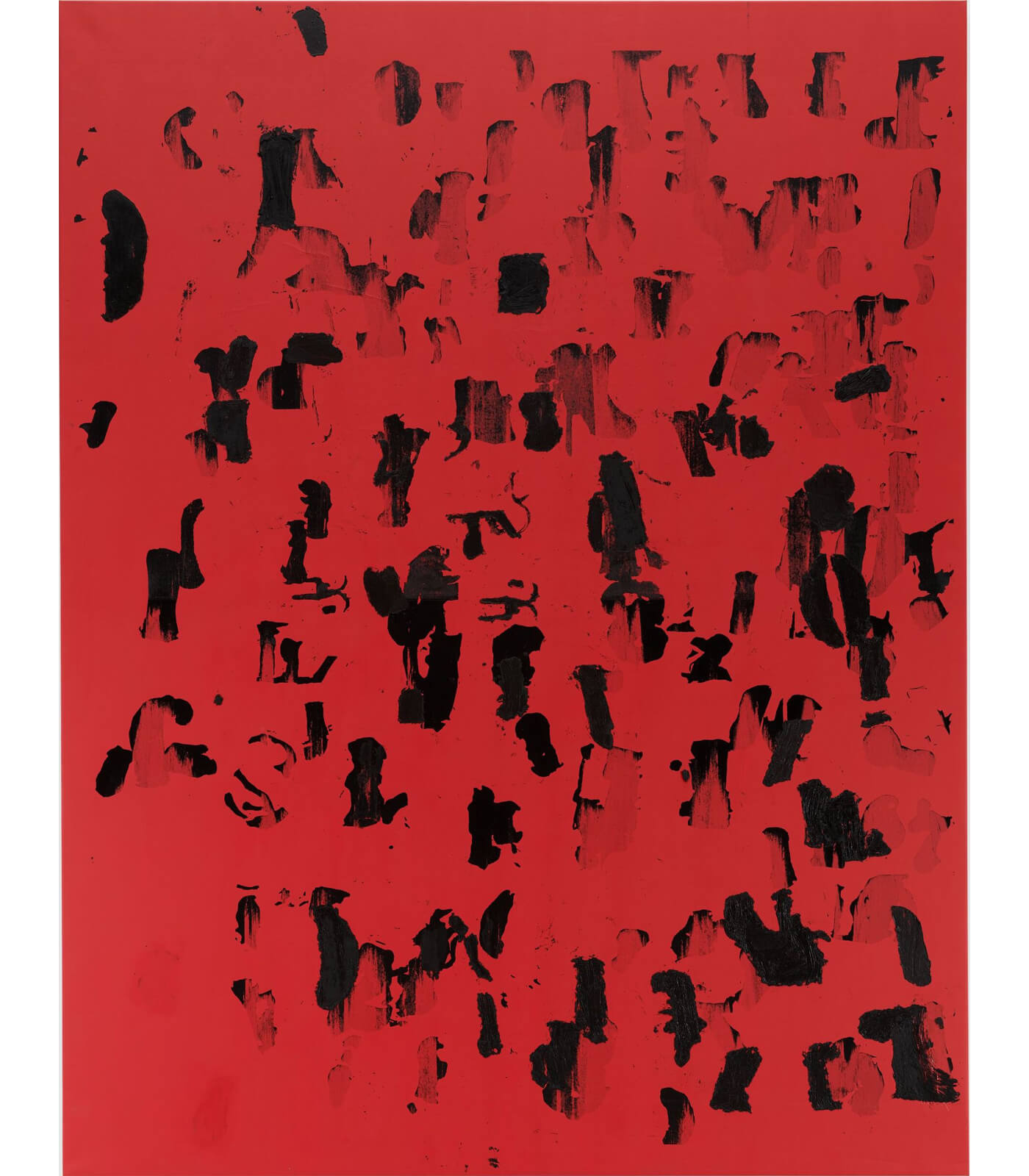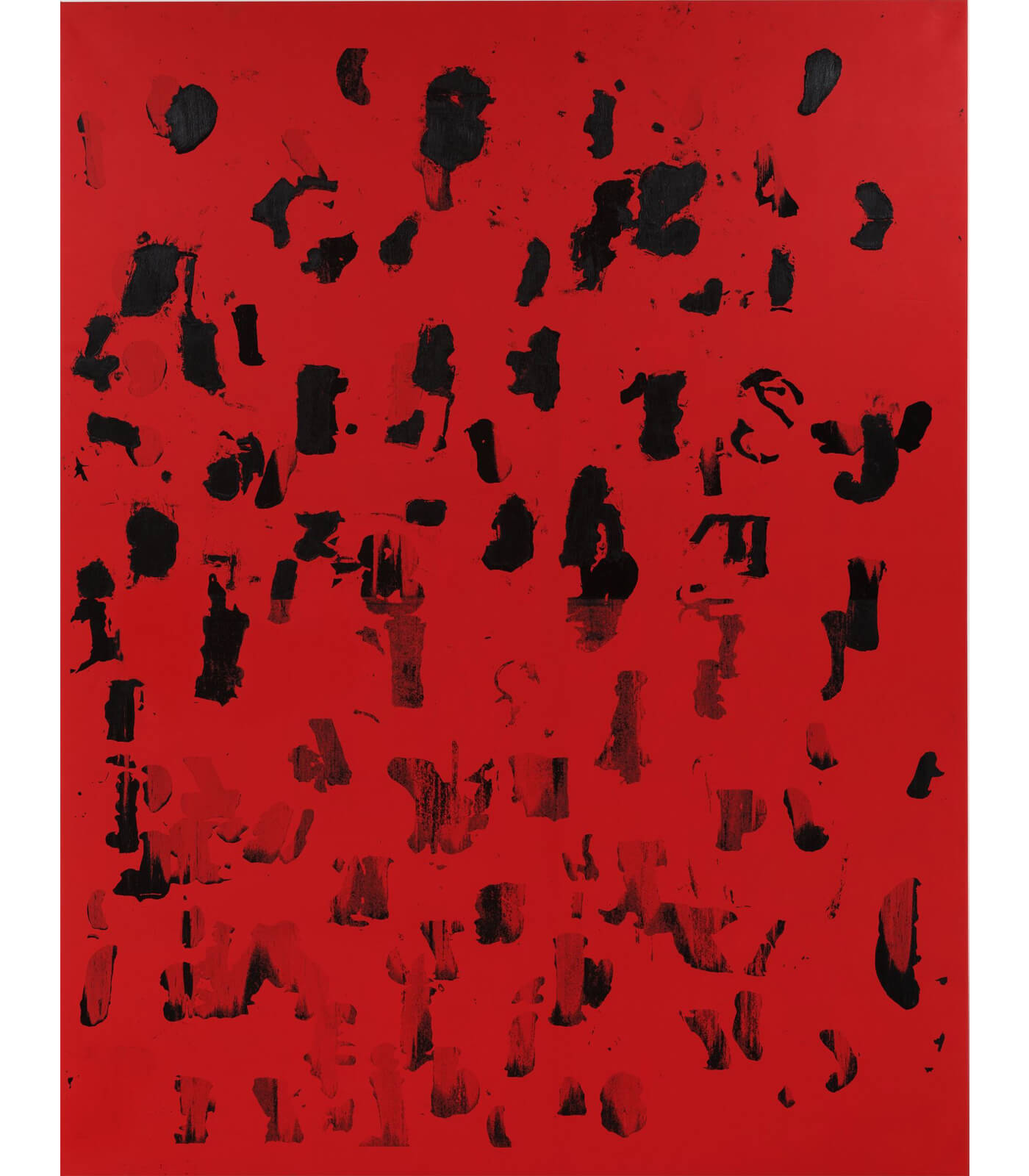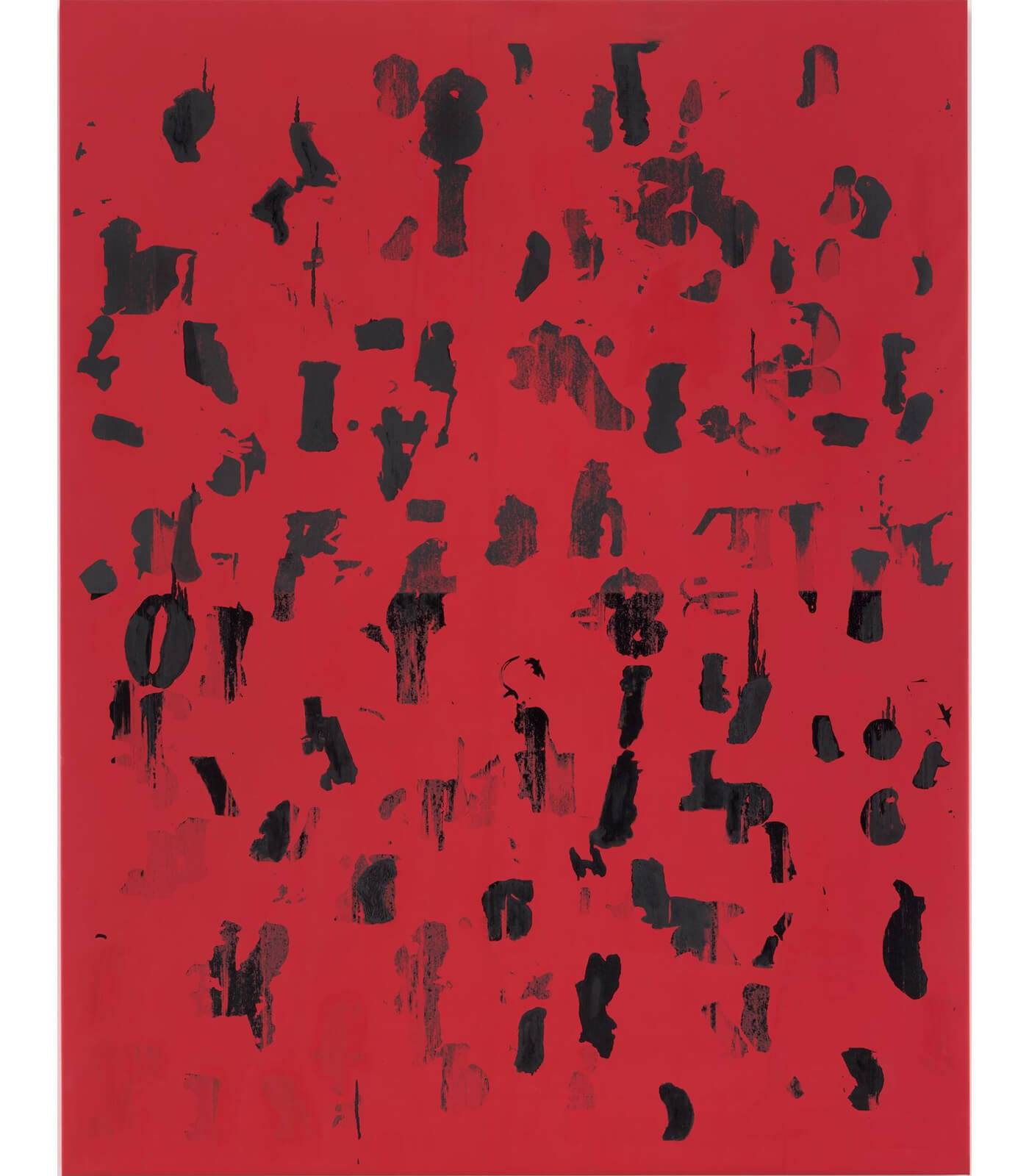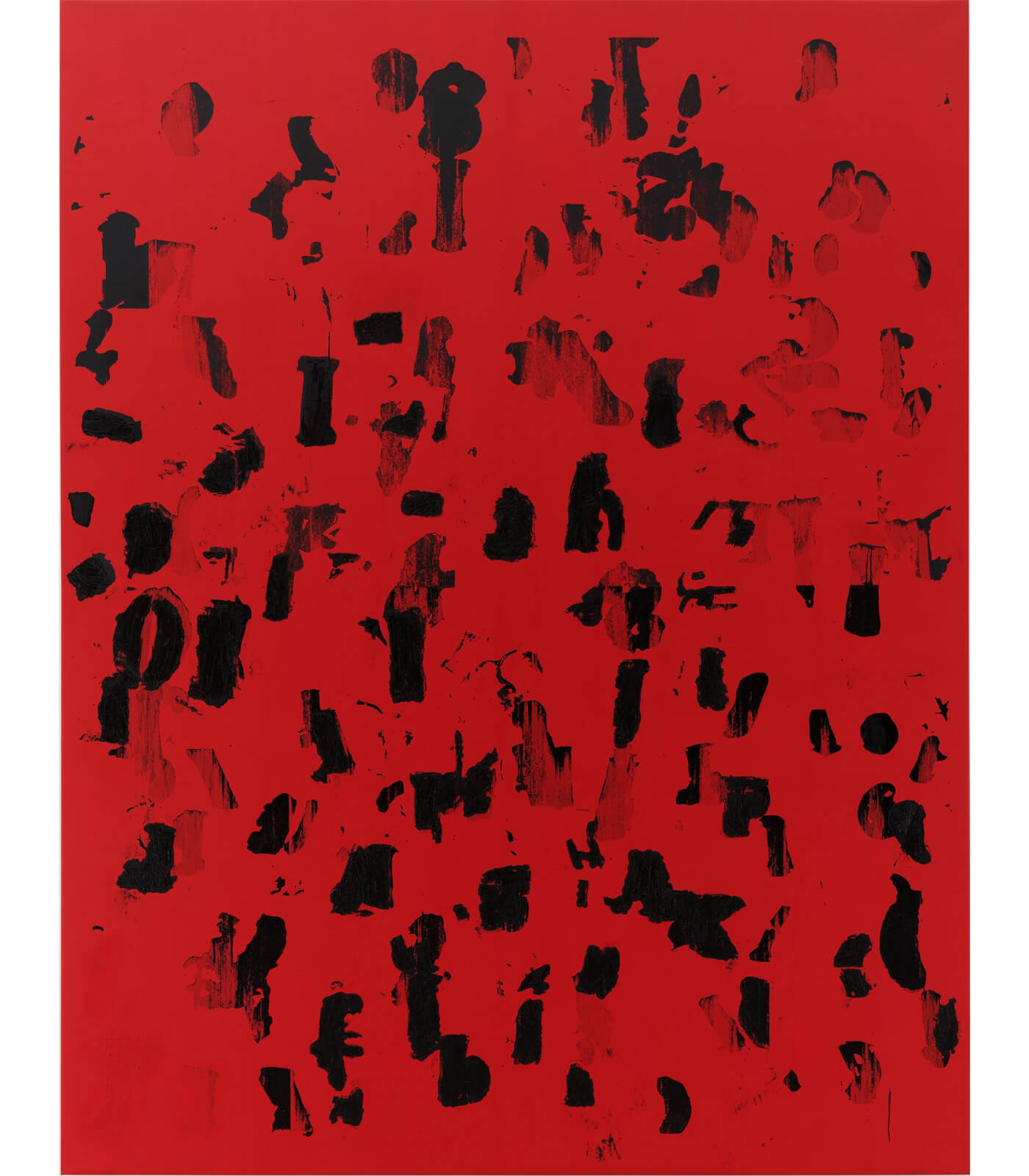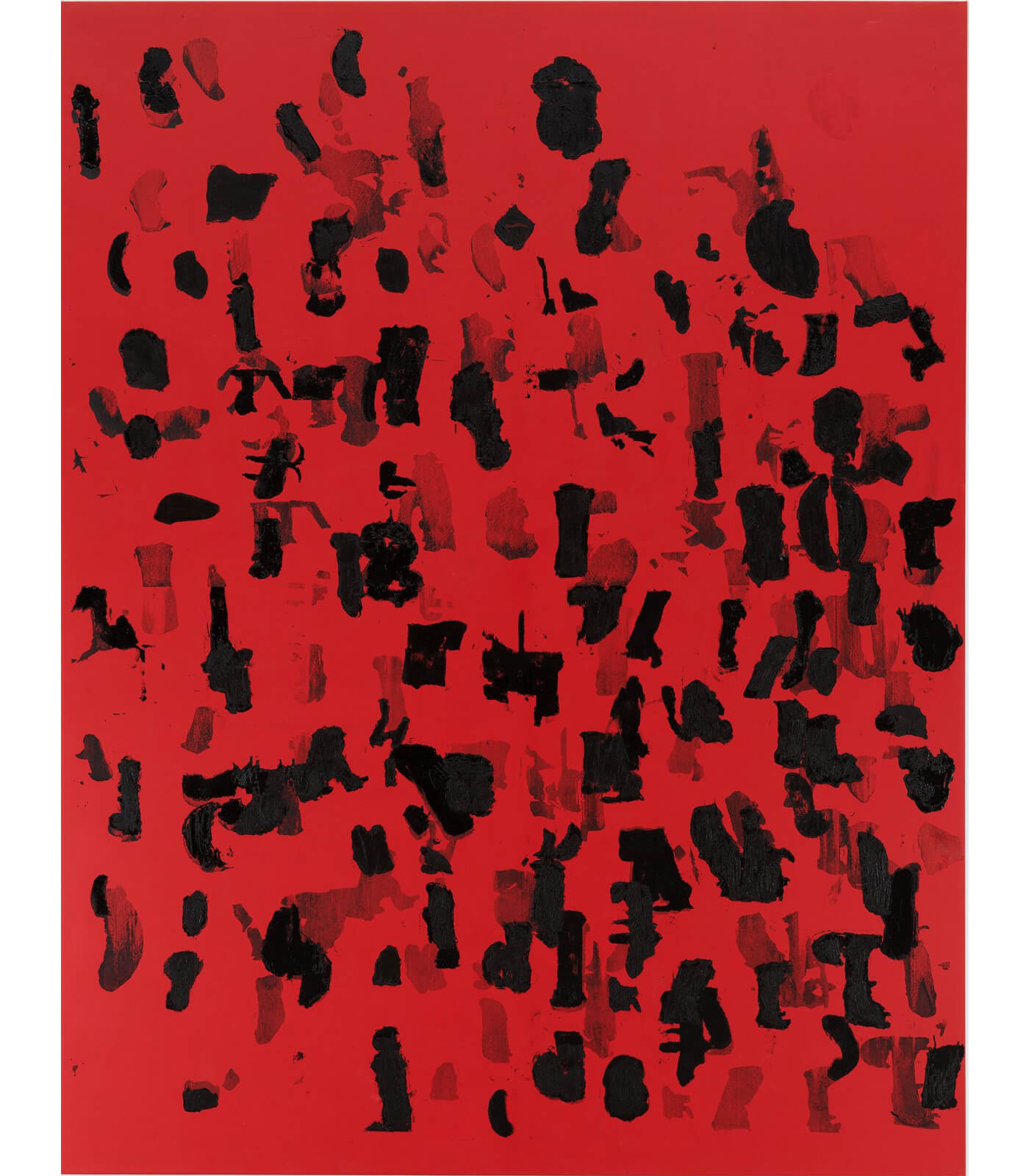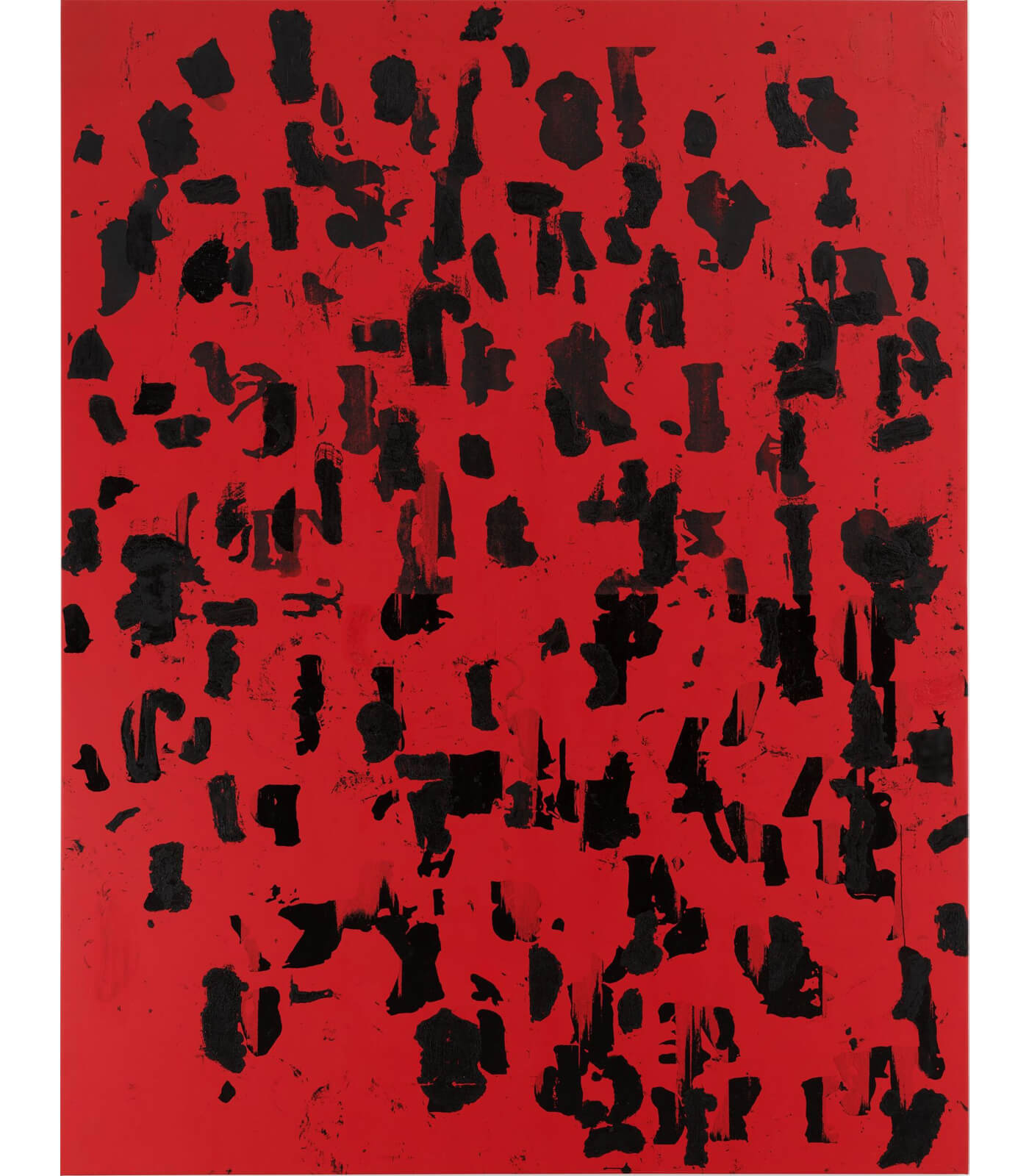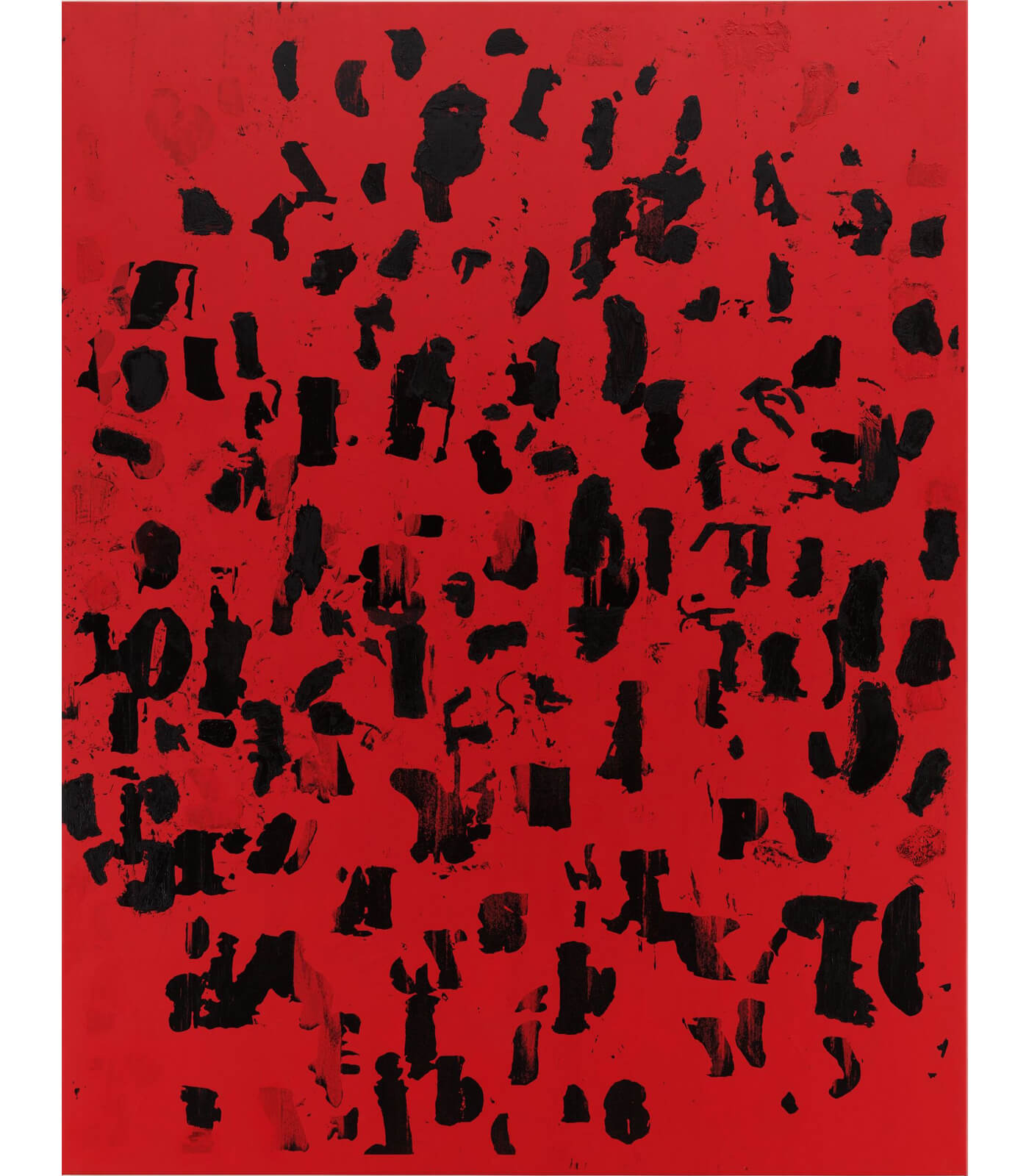
Glenn Ligon
It’s Always a Little Bit Not Yet
16 November – 18 December 2021
New York, 22nd Street
Renowned American artist Glenn Ligon debuts all new works in a presentation marking his return to New York after 6 years.
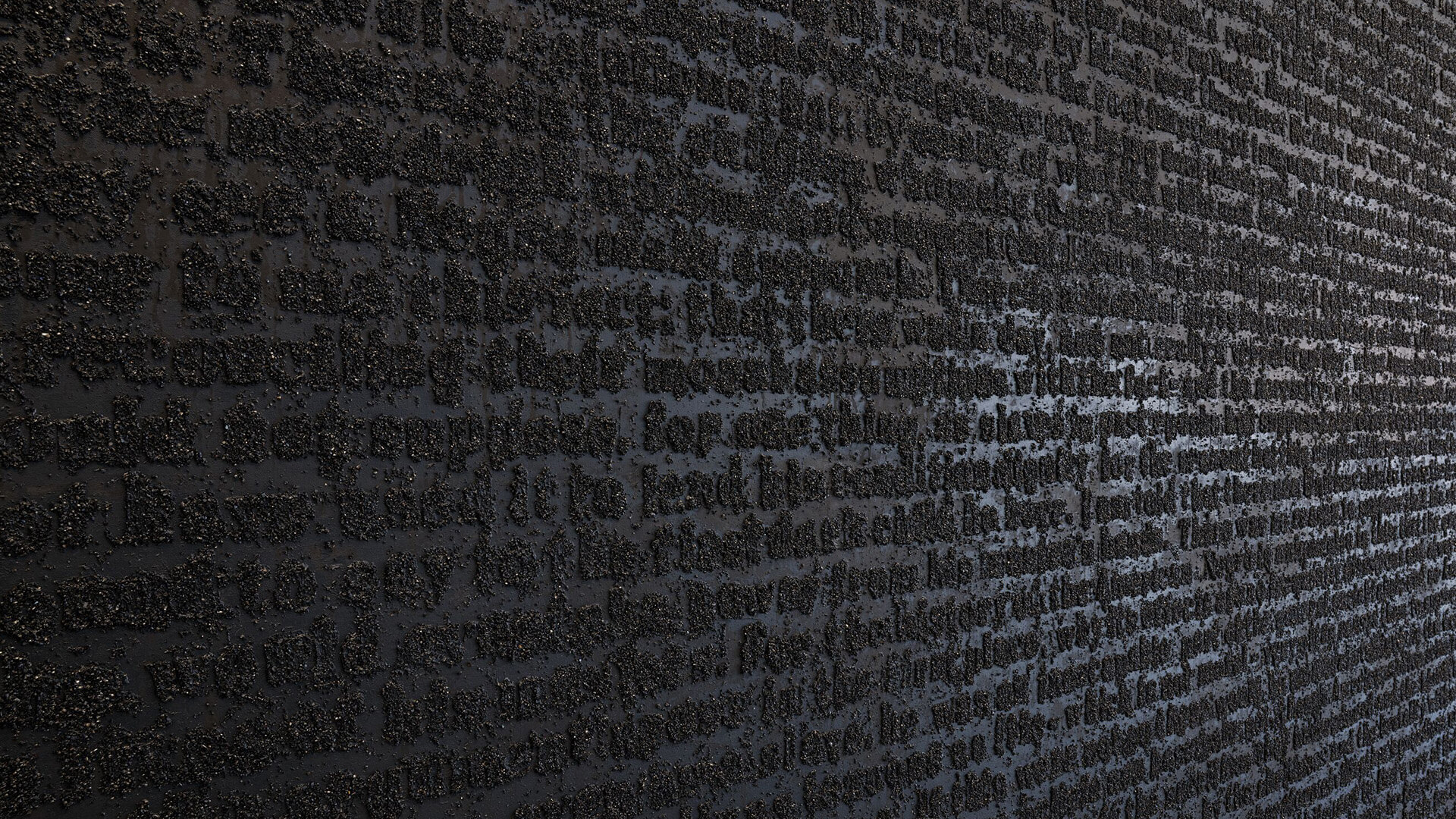
Explore the exhibition
Continuing his four decades-long exploration of American history, literature, and society, ‘It’s Always a Little Bit Not Yet’ finds Ligon building upon his text-based works that draw from the influential words of leading 20th century cultural figures, including his ongoing series of neon installations and debris field paintings.
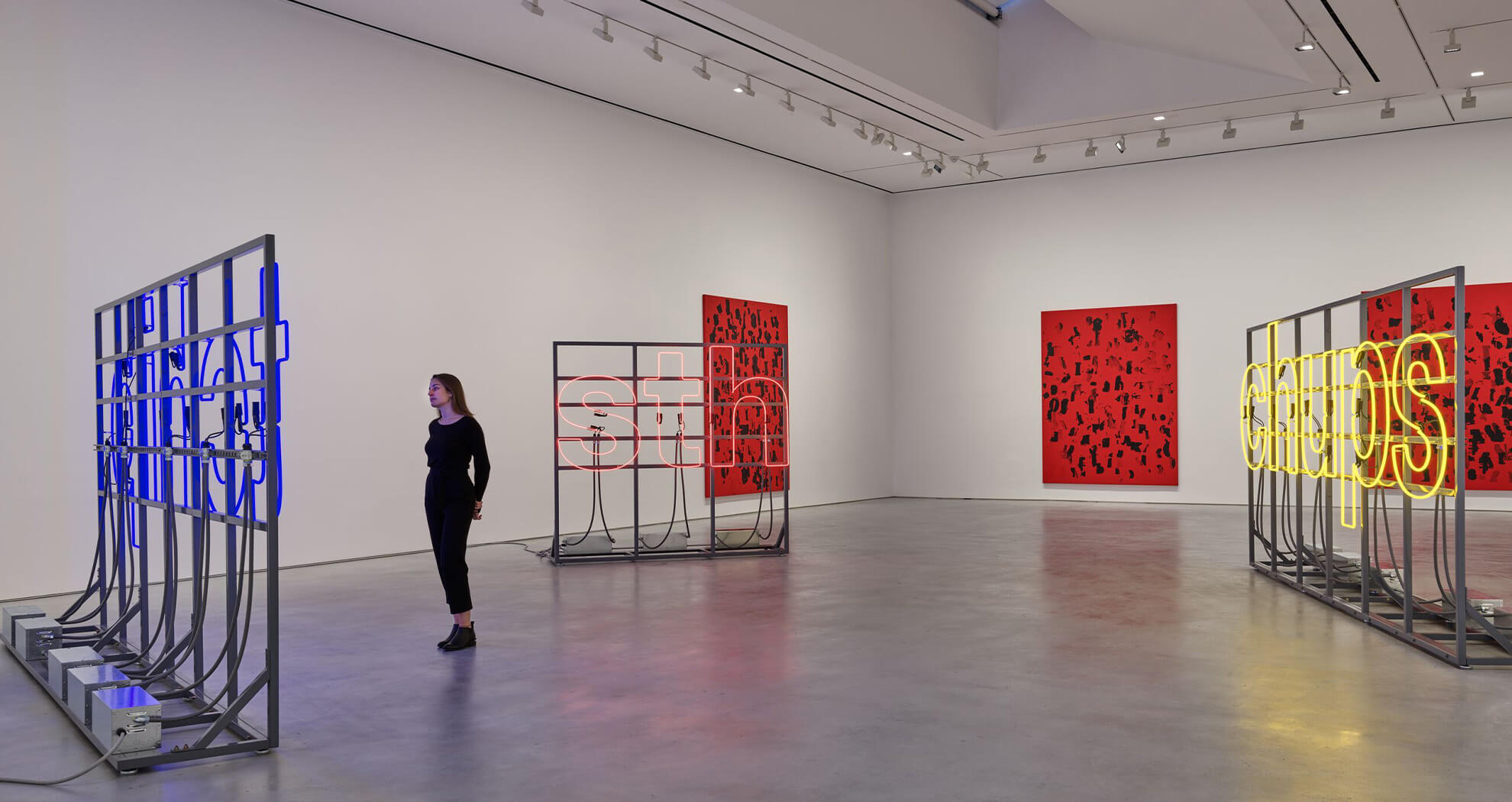
In the Studio: Glenn Ligon
‘I'm interested always in the things that can be said and the things that cannot be said, or the things that are difficult to say, or that remain opaque despite this will to be clear and explain…’ We joined the artist in his studio as he prepared for his fall exhibitions in New York and Switzerland.
In Conversation: Glenn Ligon with Gregg Bordowitz
To celebrate the exhibition, ‘Glenn Ligon. It’s Always a Little Bit Not Yet’ and Ligon’s new Hauser & Wirth Publishers title, ‘Work, Work, Work, Work, Work, Work,’ Glenn Ligon joined writer and artist Gregg Bordowitz for a live conversation moderated by Thomas Gebremedhin, Vice President & Executive Editor at Doubleday, at the Morgan Library & Museum in New York.

New artist-conceived publication
‘It’s Always a Little Bit Not Yet’ is accompanied by a new Hauser & Wirth publication titled ‘Glenn Ligon: Work, Work, Work, Work, Work, Work,’ featuring Ligon’s own documentation of his studio and practice, offering a glimpse into the way the artist sees his work and understands his process. Conceived by Ligon, this artist book focuses on the past four years, tracing the trajectory of his artmaking and intimately chronicling the development of paintings, neons, and works on paper, as well as time spent in his studio spaces and other personal moments.
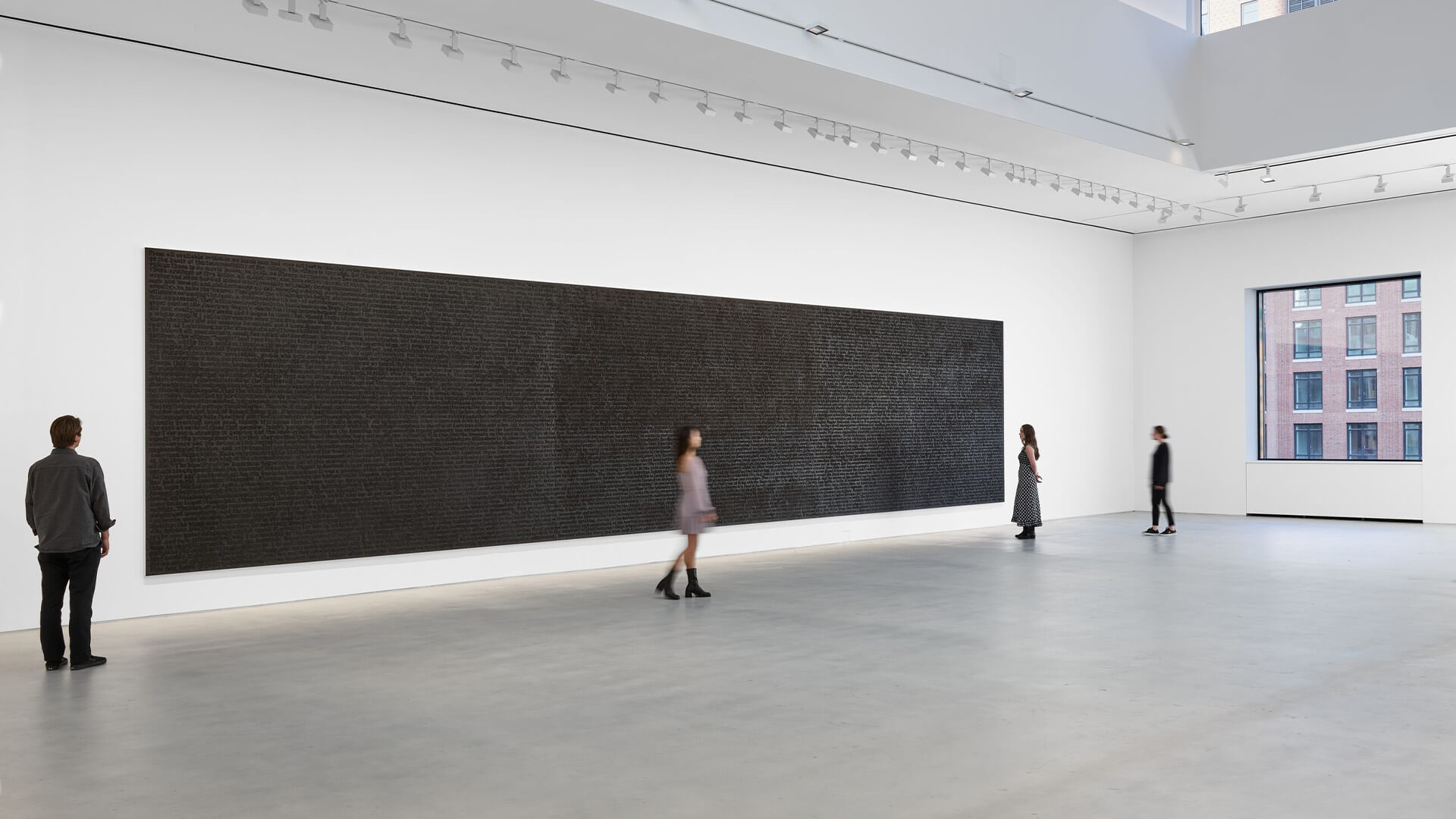
The cornerstone of the exhibition is Ligon’s ‘Stranger (Full Text) #2’ (2020-2021), which is rendered in black oil stick and coal dust. Measuring 45 feet long, this new benchmark work utilizes James Baldwin’s essay in its entirety. In the essay, Baldwin recounts his experience of visiting the small mountain village of Leukerbad, Switzerland.
Created in close dialogue with his text-based paintings, Ligon’s series of neon installations have used a variety of phrases and words in various scripts, sizes, and combinations of light and dark since 2005. On the first floor of the exhibition, Ligon has chosen three words to render in neon, based on onomatopoeic translations of the teeth-sucking sound used in communication throughout the African diaspora: Sth, Chups and Tchip. Rooted firmly in African and Afro-Caribbean culture, the teeth-sucking sound is used to express anger, impatience, exasperation, or annoyance.
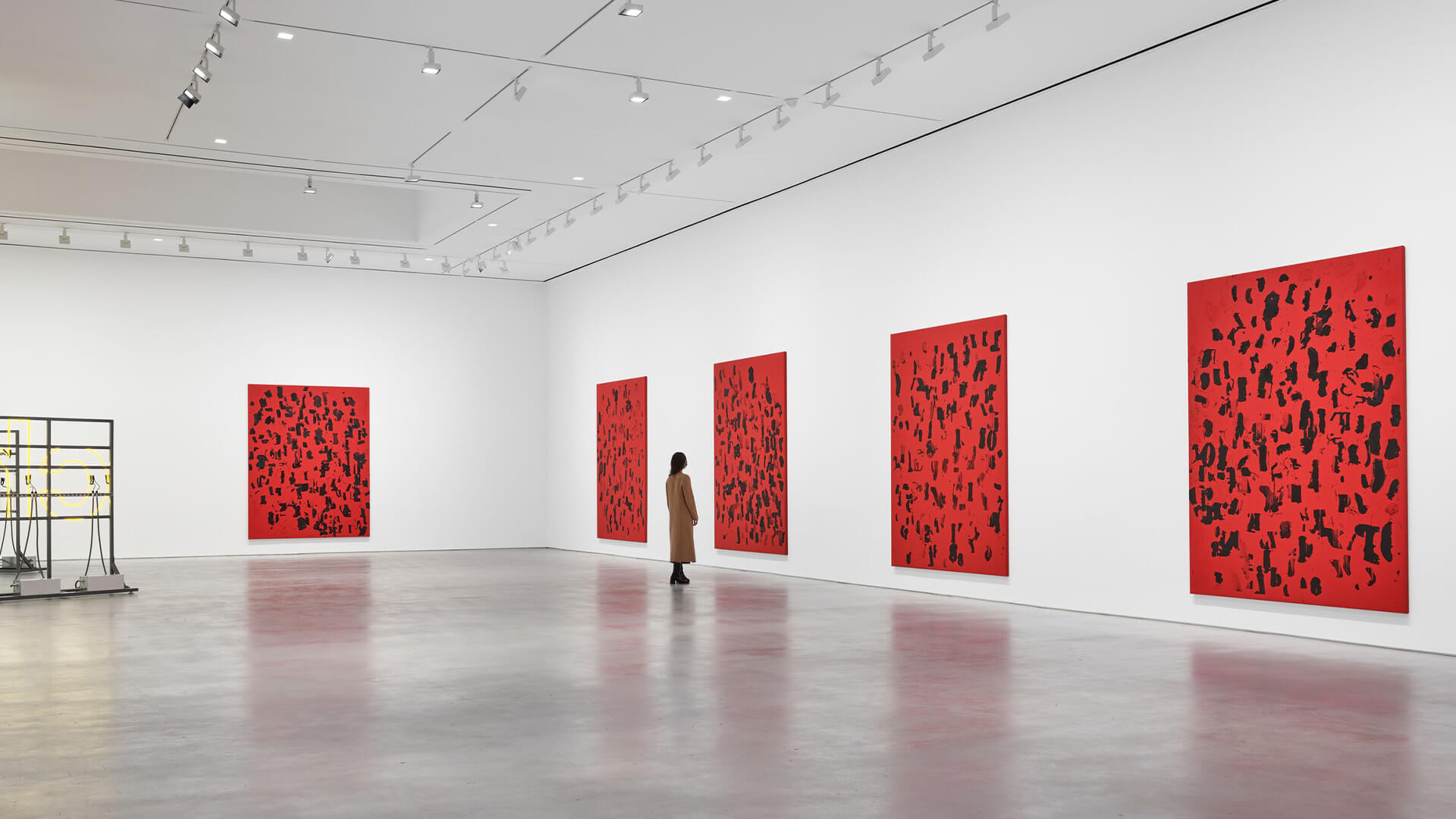
The exhibition also presents new large-scale silkscreen and oil stick paintings from Ligon’s ‘Debris Field’ series on the gallery’s first floor. In these works, the artist has focused his attention on the forms of individual letters instead of specific words or texts, breaking language apart into individual pieces to create rhythmic and improvisational compositions. Combining silkscreen techniques and additive painting processes, Ligon’s own etchings and stencil-and-ink drawings are printed in overlapping layers on top of charged fields of red paint.
About the Artist

Glenn Ligon
Glenn Ligon (b. 1960) is an artist living and working in New York. Throughout his career, Ligon has pursued an incisive exploration of American history, literature, and society across bodies of work that build critically on the legacies of modern painting and conceptual art. He earned his BA from Wesleyan University (1982) and attended the Whitney Museum Independent Study Program (1985). In 2011, the Whitney Museum of American Art held a mid-career retrospective, ‘Glenn Ligon: AMERICA,’ organized by Scott Rothkopf, that traveled nationally. Important solo exhibitions include ‘Post-Noir,’ Carre d’Art, Nîmes (2022); ‘Glenn Ligon: Call and Response,’ Camden Arts Centre, London, UK (2014); and ‘Glenn Ligon – Some Changes,’ The Power Plant Center for Contemporary Art, Toronto, Canada and then traveled internationally (2005). Select curatorial projects include ‘Grief and Grievance,’ New Museum, New York NY (2021); ‘Blue Black,’ Pulitzer Arts Foundation, St. Louis MO (2017); and ‘Glenn Ligon: Encounters and Collisions,’ Nottingham Contemporary and Tate Liverpool, UK (2015). Ligon’s work has been shown in major international exhibitions, including the Venice Biennale (2015, 1997), Berlin Biennial (2014), Istanbul Biennial (2019, 2011) and Documenta XI (2002).
Inquire about available works by Glenn Ligon
Glenn Ligon’s most recent exhibitions include ‘Prospect 5’ in New Orleans (2021), ‘Portals’ in Athens, Greece (2021), ‘Des Parisiens Noirs’ at the Musée d‘Orsay, Paris (2019), ‘Blue Black,’ an exhibition curated by the artist at the Pulitzer Arts Foundation in St. Louis (2017), and ‘Glenn Ligon: Encounters and Collisions,’ a curatorial project organized with Nottingham Contemporary and Tate Liverpool (2015). A retrospective of Ligon’s work, ‘Glenn Ligon: America,’ organized by Scott Rothkopf, opened at the Whitney Museum of American Art in March of 2011 before travelling to the Los Angeles County Museum of Art (2011) and the Modern Art Museum of Fort Worth (2012). In addition, he was a curatorial advisor for ‘Grief and Grievance: Art and Mourning in America’ an exhibition conceived by the late curator Okwui Enwezor at the New Museum, New York (2021) and contributed to the exhibition catalogue.
Ligon’s work has been included in major international exhibitions such as the Biennale di Venezia, Venice, Italy (1997, 2015); Berlin Biennale, Berlin, Germany (2014); Istanbul Biennale, Istanbul, Turkey (2011, 2019); Documenta XI, Kassel, Germany (2002); Gwangju Biennale, Gwangju, South Korea (2000); and the Whitney Biennial, New York NY (1991, 1993). He has received numerous awards for his work, including the Joan Mitchell Foundation Grant (1997), the John Simon Guggenheim Memorial Foundation Fellowship (2003), the Skowhegan Medal for Painting (2006), and the Studio Museum’s Joyce Alexander Wein Artist Prize (2009). In 2021, the artist was inducted as a member into the American Academy of Arts and Letters.
‘Glenn Ligon. It’s Always a Little Bit Not Yet’ is on view now through 18 December 2021 at Hauser & Wirth New York, 22nd Street.
Related Content
Current Exhibitions
1 / 12
